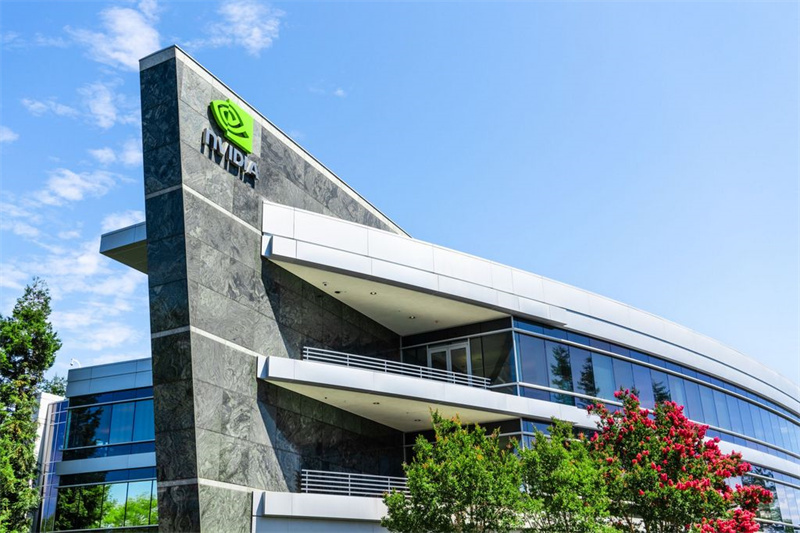On August 19, Reuters reported that Nvidia is developing a new AI chip tailored for the Chinese market, designed to outperform the export-approved H20 model currently available. The new processor, tentatively named B30A, will be based on Nvidia's latest Blackwell architecture and adopt a single-die design, with performance expected to reach roughly half that of the flagship dual-die Blackwell Ultra B300.
According to people familiar with the matter, B30A will integrate high-bandwidth memory (HBM) and NVLink interconnect technology—features also found in Nvidia's Hopper-based H20. While final specifications have not yet been confirmed, Nvidia hopes to deliver sample units to Chinese customers as early as September for prototype validation.
Industry sources said B30A may be derived from the Blackwell B300A, which uses TSMC's 4nm process, CoWoS-L advanced packaging, and 144GB of HBM3E memory with 600W power consumption. In addition, Nvidia is preparing another China-specific Blackwell chip, the RTX 6000D, optimized for AI inference tasks. With a memory bandwidth of 1,398 GB/s—just below the U.S. government's 1.4 TB/s export limit—the RTX 6000D is expected to begin small-scale deliveries in September at a price lower than the H20.
Nvidia stated, "We evaluate various products to plan our roadmap, ensuring we can compete within the limits set by the government. All products we currently ship are fully approved under applicable export control rules and are intended solely for beneficial commercial use." The U.S. Department of Commerce declined to comment.

The move comes against the backdrop of heightened U.S.–China tensions over AI chips. In April, Washington expanded export restrictions, effectively halting H20 sales in China until the product regained conditional approval in August—after Nvidia CEO Jensen Huang met President Donald Trump. Under the approval terms, Nvidia must share 15% of H20 sales revenue with the U.S. government. Meanwhile, Chinese regulators have raised security concerns about the H20, further complicating its adoption in state-linked sectors.
Market reaction reflected the uncertainty. On August 19, U.S. equities saw sharp divergence: the Dow Jones Industrial Average edged up 0.02% to 44,922.27, while the S&P 500 fell 0.59% and the Nasdaq Composite dropped 1.46% to 21,314.95—its second-largest one-day decline since April's "tariff panic."
Tech stocks led the selloff, with Nvidia plunging 3.5% and losing over $155 billion in market value in a single day. The rout spread across the so-called "Magnificent Seven": Meta lost 2.27%, Tesla, Amazon, and Microsoft each fell more than 1%, while Apple slipped 0.14%. The Philadelphia Semiconductor Index dropped 1.81%, with Marvell and AMD each down more than 5%.
Analysts cited uncertainty over Federal Reserve policy, profit-taking in high-valuation tech names, and rising concerns about an "AI bubble"—echoed by OpenAI CEO Sam Altman, who recently warned the sector is in a "clear bubble." Hedge funds have sharply cut exposure to tech and loaded up on downside hedges, signaling mounting caution.
Against the selloff, Intel defied the trend, surging 6.98% to its highest level in three months. The rally was driven by policy momentum and fresh capital. U.S. Commerce Secretary Howard Lutnick confirmed the government is exploring converting CHIPS Act subsidies into equity, potentially acquiring a 10% non-voting stake in Intel, which would make Washington its largest shareholder. Separately, Japan's SoftBank Group invested $2 billion in Intel at $23 per share, taking a 2% stake and becoming its fifth-largest shareholder.
With Nvidia under regulatory scrutiny in China and Intel benefiting from government backing, the contrasting fortunes highlight how geopolitics and policy interventions are reshaping the global semiconductor landscape.
+86 191 9627 2716
+86 181 7379 0595
8:30 a.m. to 5:30 p.m., Monday to Friday
